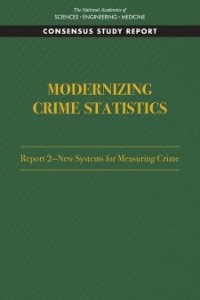By Sharon White-Harrigan, Michelle Feldman, Zachary Katznelson, Dana Kaplan, Michael Rempel and Joanna Weill
On Rikers Island, the widespread violence, dysfunction, and lack of access to basic services mean no one leaves better off than when they went in. The roughly 300 women and gender-expansive people incarcerated at Rikers are uniquely vulnerable.* They face an elevated risk of sexual abuse and retraumatization.1 Over 80 percent are being treated for mental illness and 27 percent have a serious mental illness. Many are victims of domestic violence. Seventy percent are caregivers, and incarceration has profoundly negative consequences for their children and families. Almost 90 percent are held before trial, mostly due to unaffordable bail. Last fiscal year, the city spent over $550,000 to keep a single person locked up at Rikers for a year.2 New York City is legally required to close Rikers by August 2027. The city is on track to replace the Rikers jail complex with four borough-based facilities closer to courthouses, lawyers, families, and service providers. Women and gender-expansive people, most of whom are currently housed at the Rose M. Singer Center on Rikers (“Rosie’s”), are slated to be relocated to a new facility in Kew Gardens, Queens (see box below). The deaths of 31-year-old Mary Yehudah and the other eight people incarcerated at Rikers who have died this year—underscore the importance of shutting the jails as soon as possible.3
-
Description text goes here
New York: Center for Court Innovation, 2022. 40p.





















